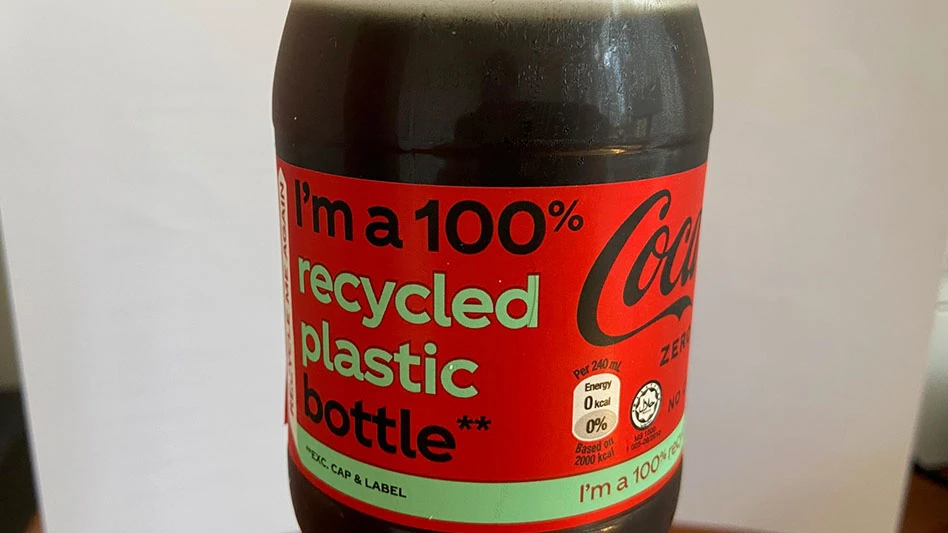
Recycling Today archives
A new report by Akron, Ohio-based basic materials research company Smithers estimates an annual global market for food-grade postconsumer recycled (PCR) plastic resins of nearly 6.7 million metric tons by 2029.
In part, thanks to ambitious targets and accompanying directives, report author Patrick Ellis estimates that in 2029, Europe will remain the largest market for food-grade PCR, consuming 3.6 million metric tons that year.
The world’s most populous continent, Asia, however, will see the highest growth rate in consumption of food-grade PCR packaging at an 8.7 percent compound annual growth rate (CAGR) between now and 2029, the report says.
The report includes a detailed statistical breakout of current and projected demand for food-contact PCR resins by polymer type and regional geography.
Also addressed are questions including “What [are] the biggest challenges in the PCR for [the] food-contact industry?” and “How [will] the arrival of commercial-scale chemical (advanced) recycling diversify the supply of PCR plastics?”
The research house says regulations and recycling targets will put pressure on the consumer products and polymers industries this decade. Smithers also predicts “a sharp increase in PCR prices is expected (already 15 percent or more above virgin material prices) but should stabilize [leading] up to 2030.”
The report labels the food-contact market as the biggest growth area for PCR, “but quality is the biggest concern.”
Smithers says its report, intended for polymer and packaging producers and recyclers, is based on “extensive primary and secondary research,” including interviews with material suppliers and converters, published data, government statistics, trade data and other sources.
Lead author Ellis has spent more than 50 years working in the European plastics industry in a variety of technical, marketing and management roles, including with multinational corporations.
Latest from Recycling Today
- BMW Group, Encory launch 'direct recycling’ of batteries
- Loom Carbon, RTI International partner to scale textile recycling technology
- Goodwill Industries of West Michigan, American Glass Mosaics partner to divert glass from landfill
- CARI forms federal advocacy partnership
- Monthly packaging papers shipments down in November
- STEEL Act aims to enhance trade enforcement to prevent dumping of steel in the US
- San Francisco schools introduce compostable lunch trays
- Aduro graduates from Shell GameChanger program





